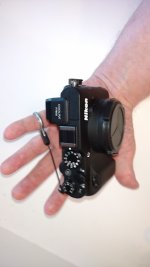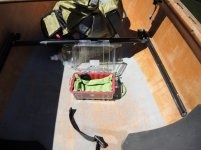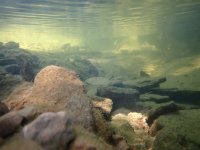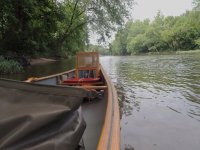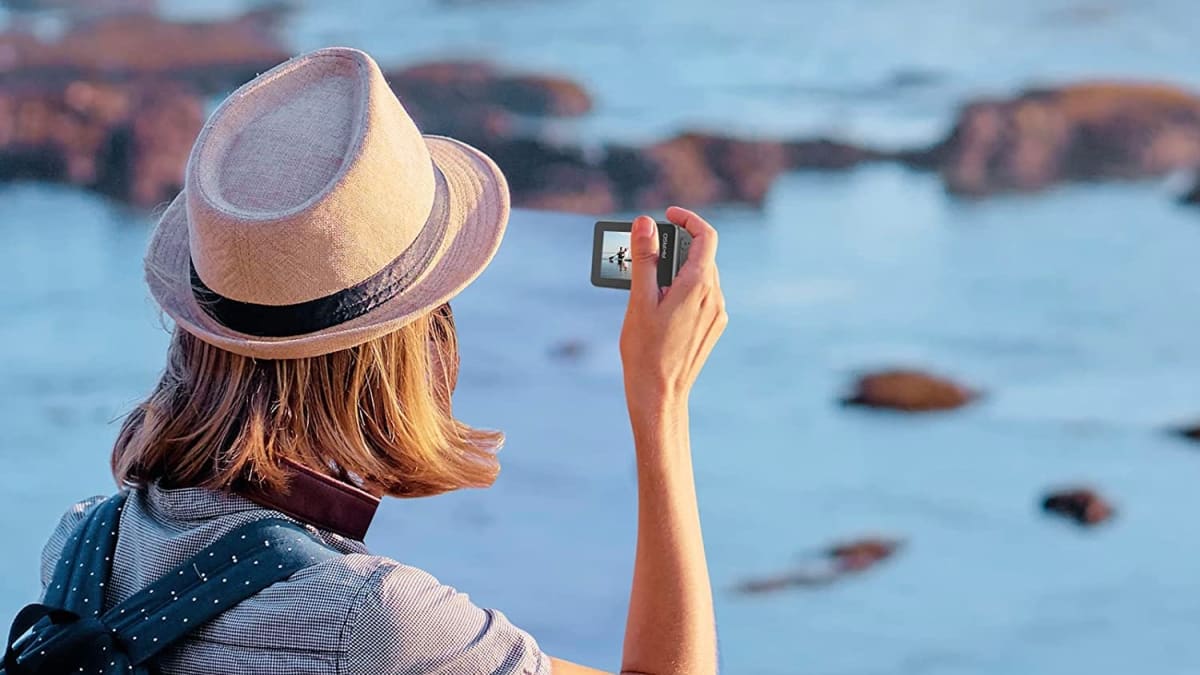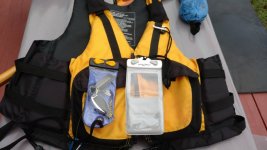- Joined
- Aug 10, 2018
- Messages
- 948
- Reaction score
- 1,066
I've been using a Nikon Coolpix B500 for tripping / hiking/ etc photos and I like it a lot (clear pictures, 40x zoom, video capability and great low-light performance) but it doesn't seem to be at all compatible with water. I got caught in the rain last week (and not a very hard rain), it spent 24 hours in the dehydrator, worked ok long enough to verify that it survived and has never worked again.
I don't take underwater pics but I want something that can actually survive a light-moderate rain, takes clear pictures even in low light, has good clarity and zoom, is capable of video and, if at all possible, uses AA batteries. I called Nikon to arrange repair evaluation and she said they've got nothing rain resistant. I wouldn't get it back in time for my Sept trip anyway so I'm buying something...
Anyone care to provide some input? (I don't mind buying but I hate shopping).
I don't take underwater pics but I want something that can actually survive a light-moderate rain, takes clear pictures even in low light, has good clarity and zoom, is capable of video and, if at all possible, uses AA batteries. I called Nikon to arrange repair evaluation and she said they've got nothing rain resistant. I wouldn't get it back in time for my Sept trip anyway so I'm buying something...
Anyone care to provide some input? (I don't mind buying but I hate shopping).


